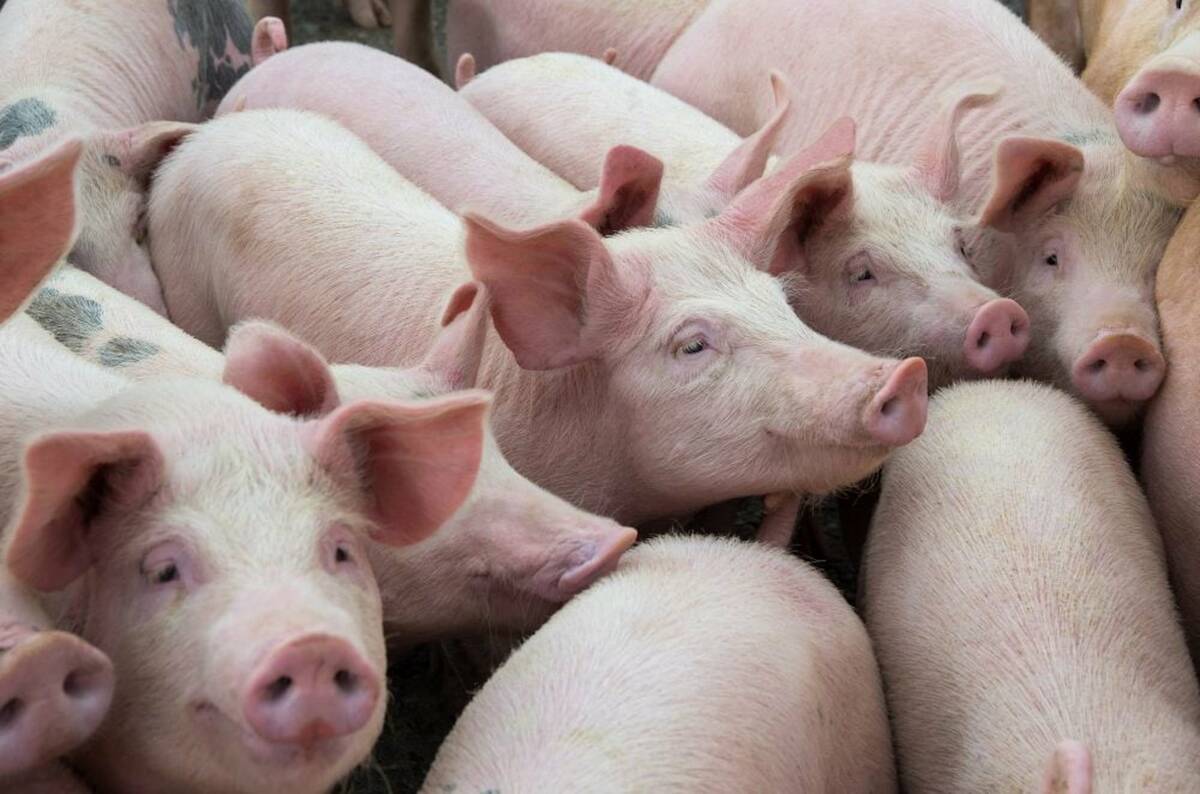Glacier Farm Media | MarketsFarm – Meteorologist Drew Lerner said he expects colder than normal temperatures across the Canadian Prairies and much of the United States Midwest in January, while a good portion of South America is to be hotter than normal.
Lerner, the president of World Weather Inc. in Overland Park, Kan., also expects above-normal precipitation for the Prairies for the balance of this month. But he cautioned, “At this time of the year normal precipitation isn’t that great.”
He noted for the week of Jan. 6 there’s to be a short spate of warmer temperatures on the Prairies before they drop lower by the weekend as another cold system moves in.
Read Also

U.S. livestock: Hogs rise ahead of ‘Hogs and Pigs’ report
Chicago cattle futures continued to inch upward on Monday. Hogs also rose in anticipation of Tuesday’s Hogs and Pigs report….
As for the U.S. Midwest, Lerner said there are likely to be colder than normal temperatures, especially for the region’s lower half and for the southern parts of the country.
“There will be a tendency for above normal precipitation to occur from the central Gulf Coast into the middle and north Atlantic coast, catching part of the lower and eastern Midwest,” he added.
“The farther northwest you go into the Midwest and Plains, the lighter the precipitation,” he continued.
For Lerner’s outlook for South America, he projected drier conditions for a large area encompassing central and eastern parts of Argentina, nearly all of Uruguay, southwestern Paraguay, and the western and southern parts of the Brazilian state of Rio Grande do Sul. He said there’s a chance of rain for this area later in January, but large amounts are unlikely.
Meanwhile, he noted the concerns of other forecasters in regard to the rest of Brazil – that it’s to be wet for most of this month which could become a delicate situation for soybean and corn crops.
“The concern there is over the maturation and harvest of early season soybeans. If those are late coming out, then safrinha corn will be late going in and then there’s the potential of not enough moisture in the soil once the rainy season ends to support the safrinha crop during reproduction.
“That’s a big reach and I’m really not endorsing that at the moment. But the wet bias that is going to be playing out over these next couple of weeks in Brazil will be a marking concern because of that potential,” Lerner commented.















